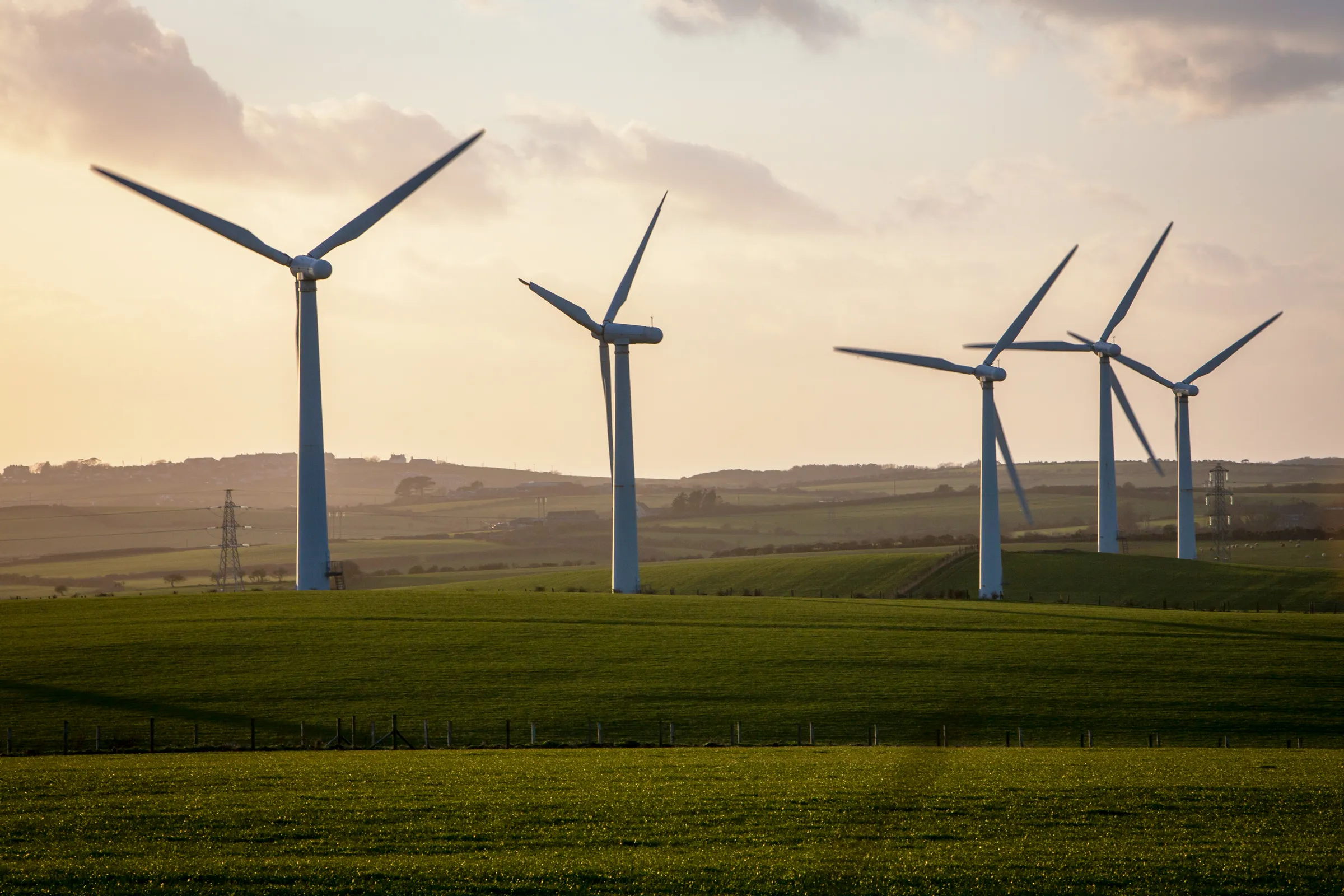Wind turbines explained
Due to conversations surrounding climate change, renewable energy generated from wind turbines offers a lot of potential. In the USA, wind power is the largest source of renewable energy, generating almost half of the total andTexas is the leading state for wind energy. But how exactly does a wind turbine work? Here’s what you need to know.
What is a wind turbine?
Some people find it easier to visualize a wind turbine as a windmill, where the wind spins the blades, which triggers anaction. In this instance, the wind blows and electricity is generated. Large wind turbines are the type you’ve likely spotted out on the horizon, however, you can also get smaller wind turbines for other purposes, such as to power a boat.
Wind farms refer to groups of wind turbines. These are found on-shore and off-shore. Their identifiable pale grey color was chosen to help them blend into the horizon so that they are less of an eyesore to those nearby.
There have been instances across the globe where people have protested against wind turbines being built, whether it’s because they’re located too close to their neighborhood or because of concerns about local wildlife. Regardless, there are many valuable advantages asscoiatedwith wind farms, such as their link with clean and renewable energy. This is viewed by many as a better option compared to non-renewable sources like oil, gas or coal.
Types of wind turbines
There are different types of wind turbines that fall into two basic categories. Horizontal-Axis turbines look like typical turbines with three blades. They work ‘upwind’, where the turbine spins at the top of the tower to face directly into the wind.
You can also get vertical-axis turbines, which look very different. A common model includes the eggbeater-style Darrieus model. They are omnidirectional, which means they don’t need to turn and face directly into the wind – they can operate regardless.
How do they work?
Each turbine has a set of blades, which are approximately 50 meters long. Beside the wind turbine itself, there’s a shaft and a generator in a box called a nacelle. Current transducers are another key component of wind-energy turbine converters, assisting the power control system and helping to direct energy into the grid system using controlled frequency and voltage.
The turbine operates when the wind blows and causes the blades to spin. This creates kinetic energy. At the same time, while the blades are rotating, this makes the shaft in the nacelle turn, triggering a generator that converts the energy created.
The longer the blades and the bigger the turbine, the more energy can be created. According to the EIA, the largest utility-scale wind turbines operating in the US are capable of generating capacities of approximately 15,000 kilowatts.
Read Also: The Joy of Cat Ownership: Discovering the Magic of Feline Companionship

